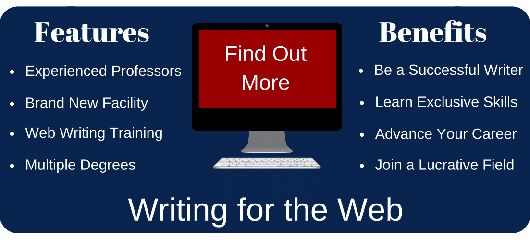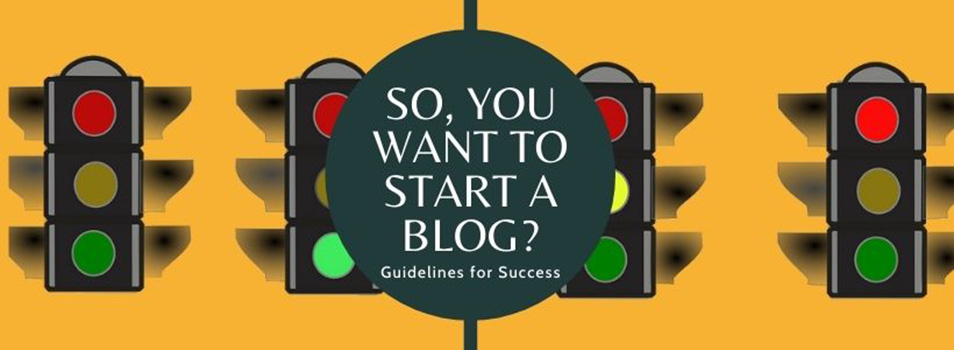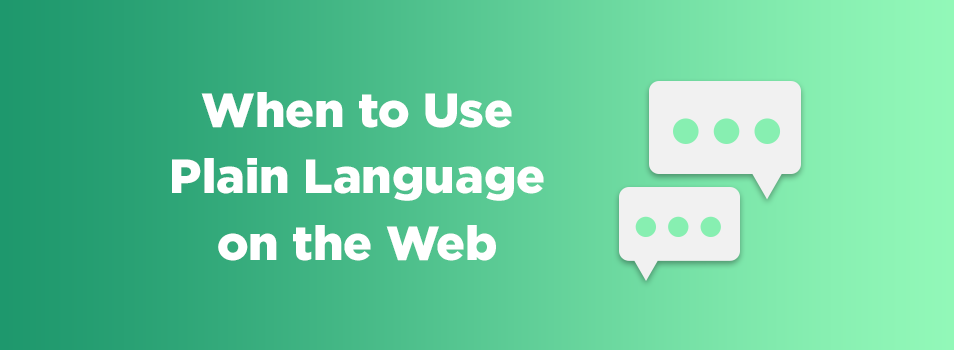Feature vs. Benefit-Driven Copy

By Debra Torres
People search for benefits
 When we search the web, we often seek information, products, and services that will benefit us by answering our questions, solving our problems, or healing our pain. In short, we use the web as a tool to help make our lives better.
When we search the web, we often seek information, products, and services that will benefit us by answering our questions, solving our problems, or healing our pain. In short, we use the web as a tool to help make our lives better.
For example, just yesterday my husband searched for DIY instructions on how to make a bed rail that would keep one of our kids from falling off the bunk bed. The benefit he sought? No trip to the emergency room in the middle of the night. And today, I’m not feeling so well. So just a few minutes ago, I searched my symptoms. The benefit? I have a pretty clear diagnosis in mind – complete with treatment.
Speak to their emotions
So if readers are connecting with the web on a more emotional level why do we as web writers get so caught up in talking about ourselves and the features of our brand?
In scanning some higher ed websites, it didn’t take me long to discover that many universities have fallen prey to offering “feature-driven” copy. Here’s the kind of writing I’m seeing in the first few sentences of top-tier pages:
“Our university has grown from 12 students to a thriving student body of 25,000. We now offer degrees in 20 different fields and our students choose from over 1,000 courses. We are a world-class research institution dedicated to teaching at the undergraduate level.”
Now these are some pretty incredible things that have every right to appear somewhere in the copy – but there’s just one problem. Right off the bat, text like this fails to connect with the reader’s needs.
Features tell; benefits sell
To illustrate what I mean, I thought it would be fun to create my own degree program and try to draw in students by showing the features I offer on the left and benefits on the right.
I’ll call my program Writing for the Web:

Now, I have to admit, the features listed on the left are good ones, and I do want to make sure they appear somewhere in my copy. But when it comes to selling my program to a potential student, which side do you think is more effective?
If you’re like me, the list on the right just might sell the click for you. Why? Because the benefit-driven copy hits a nerve, it connects with people on the emotional level and shows how this degree program can meet their needs.
Copy that works
I like what Brian Clark of Copyblogger has to say about features vs. benefits in his Copywriting 101 post: “One of the most repeated rules of writing compelling copy is to stress benefits, not features. In other words, identify the underlying benefit that each feature of a product or service provides to the prospect, because that’s what will prompt the purchase.”
And although we may not be selling tangible products on our Liberty University websites, we are selling an education. And if we can get someone to see how a Christian education at Liberty can benefit both their character and their career, we just might get them to click that button that starts their journey to our campus.
And that means your benefit-driven copy has done its job.


